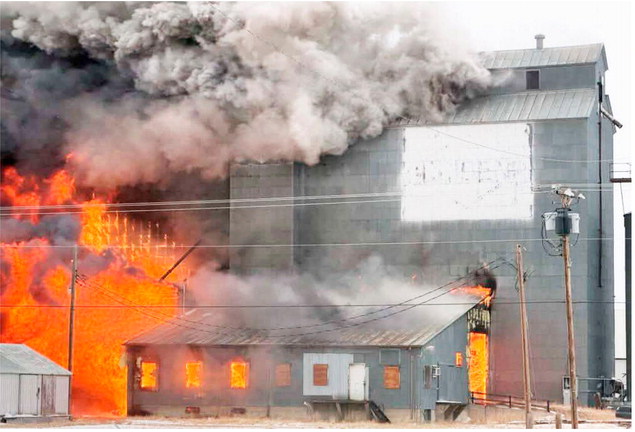Turkey Populations Stable For Spring
Montana’s spring turkey season opened on Saturday, April 15. Southeast Montana’s turkey populations are relatively stable across the region and handled the drought conditions well, according to FWP Region 7 upland game bird biologist Justin Hughes. However, populations of turkeys that are more isolated on the plains in mediocre habitat will be impacted more by recent weather patterns than turkeys living in riparian areas that had higher soil moisture and better vegetative growth.
Turkeys in the southern half of the region are still dealing with lots of winter storms and snow as of late, Hughes said. Not only does this affect turkey distribution on the landscape, but it also affects hunters.
“Hunters must be prepared for extreme travel conditions including deep snow, deeper mud, and potential washouts on minimum maintenance roads,” Hughes stressed.
He has seen turkey hunting interest increase drastically in recent years, with much more hunter pressure than Montana typically experienced prior to COVID.
The Block Management program has a list of people who participate in spring turkey hunting. Region 7 Wildlife Management Areas also provide turkey hunting opportunities.
Region 7 offers up a couple styles of turkey hunting. The first is a pine hills/badlands hunt where birds are often associated with large native ponderosa pine landscapes. The second is an opportunity to hunt birds in the major river corridors in cottonwood forests and bottomlands that are adjacent to agricultural fields.
Hughes said hunter success will depend on hunters being flexible and willing to invest some time and energy.
“No one likes to hear it anymore, but boot leather kills turkeys,” he said. “Turkeys in eastern Montana can be highly nomadic and cover a lot of ground in a day. Hunters who remain mobile in their hunting tactics to locate birds will be the most successful.”

